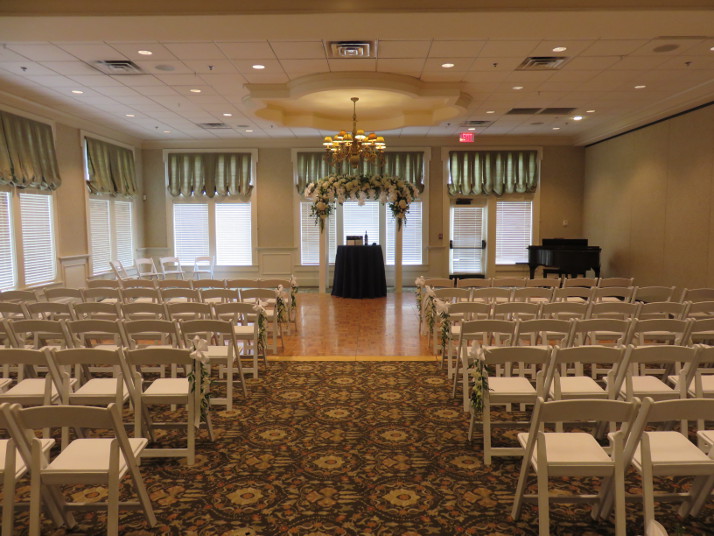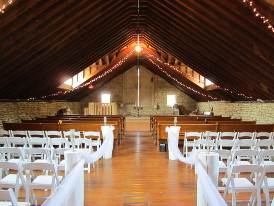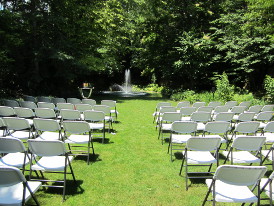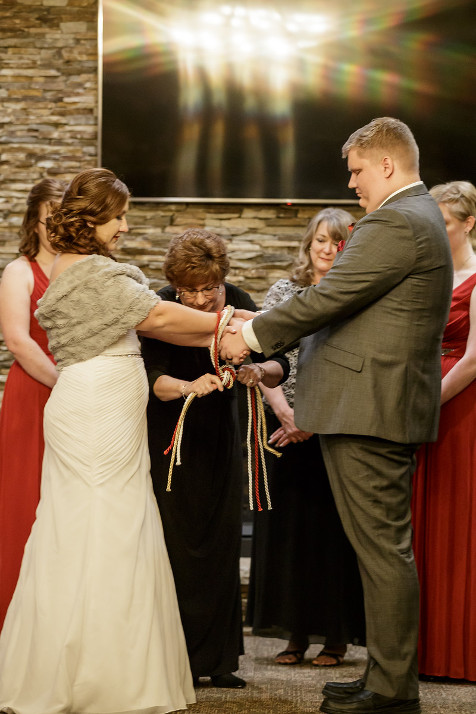Backup Ceremony Venue: An Important Part of Your Wedding Plans
Selecting a backup ceremony venue in case of bad weather is an important part of your wedding plans. No matter how meticulously you plan each aspect of your wedding day, the weather is out of your control. By selecting an appropriate backup venue you remove a significant unknown and reduce your stress.

If you are planning an outdoor ceremony, having a backup ceremony venue and plan is absolutely essential in Minnesota. Our weather is so variable that you can encounter snow in May, severe storms throughout the summer, and chill winds by September. But if you’ve identified a good backup ceremony venue you can approach your wedding day confident that you’ll have a beautiful, memorable day regardless of the weather.
So what are the characteristics of a good back up ceremony venue? Ideally, it will be in the same location as your outdoor ceremony venue. This allows your guests to arrive at the same location regardless of weather. If this is not possible, you’ll need to have a very detailed communication plan to let your guests know which venue to go to on the wedding day. Make sure that you have other people prepared to execute the communication plan as you and your wedding party will be busy with other activities before the ceremony.

Your backup ceremony venue also needs to be a place that you can envision using for your ceremony. Make sure you know where you will enter from, where the chairs will be set up, what the lighting is like, and if it is air conditioned or heated as needed. Consider accessibility for your guests, and think about what pictures will look like in this space.
With plans in place for your backup ceremony venue, a final consideration will be when you need to make the final decision on an inside or outside ceremony. Some venues require 24 or even 48 hours notice to prepare the ceremony venue, while others are more flexible. Remember, too, that you may need to notify all guests of the location change, so leave time to put your communication plan into effect. A last suggestion – once you make the call to move inside, don’t second guess yourself. Embrace the idea, knowing you selected an indoor venue you can be happy with, and move forward to enjoy your wedding day to the fullest. You’re marrying the love of your life, and everything else is less important.


